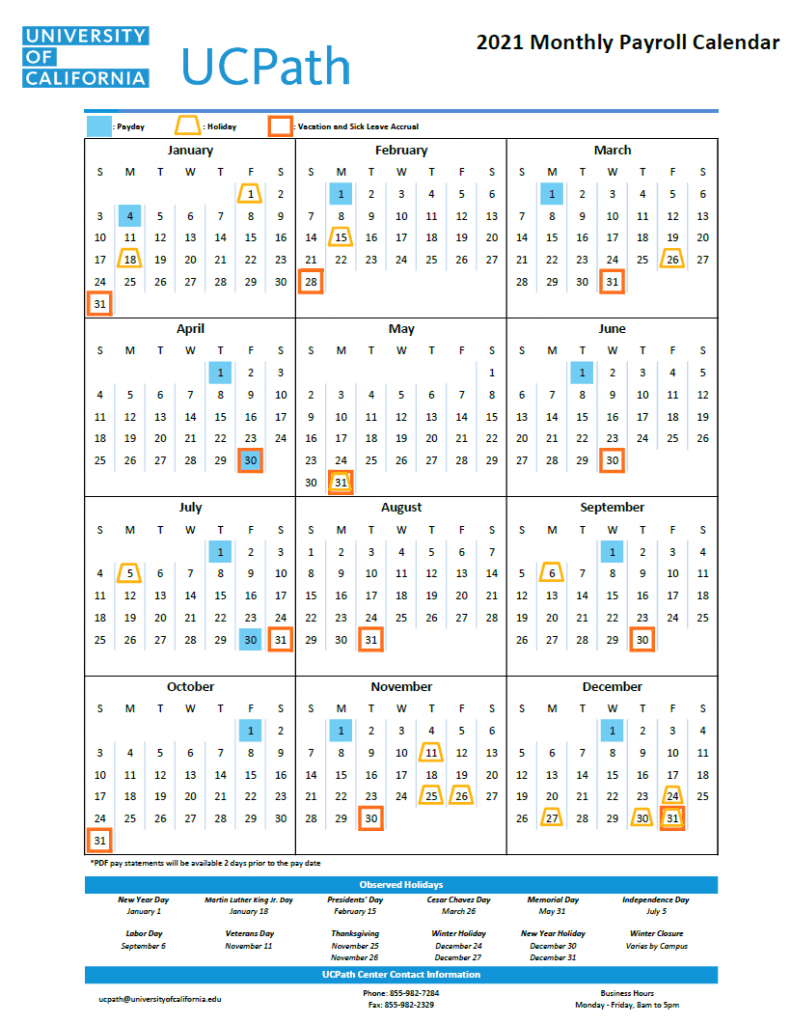How May 2025 Calendar Dates Are Determined
The Intricate Dance of Dates: Determining the 2025 Calendar
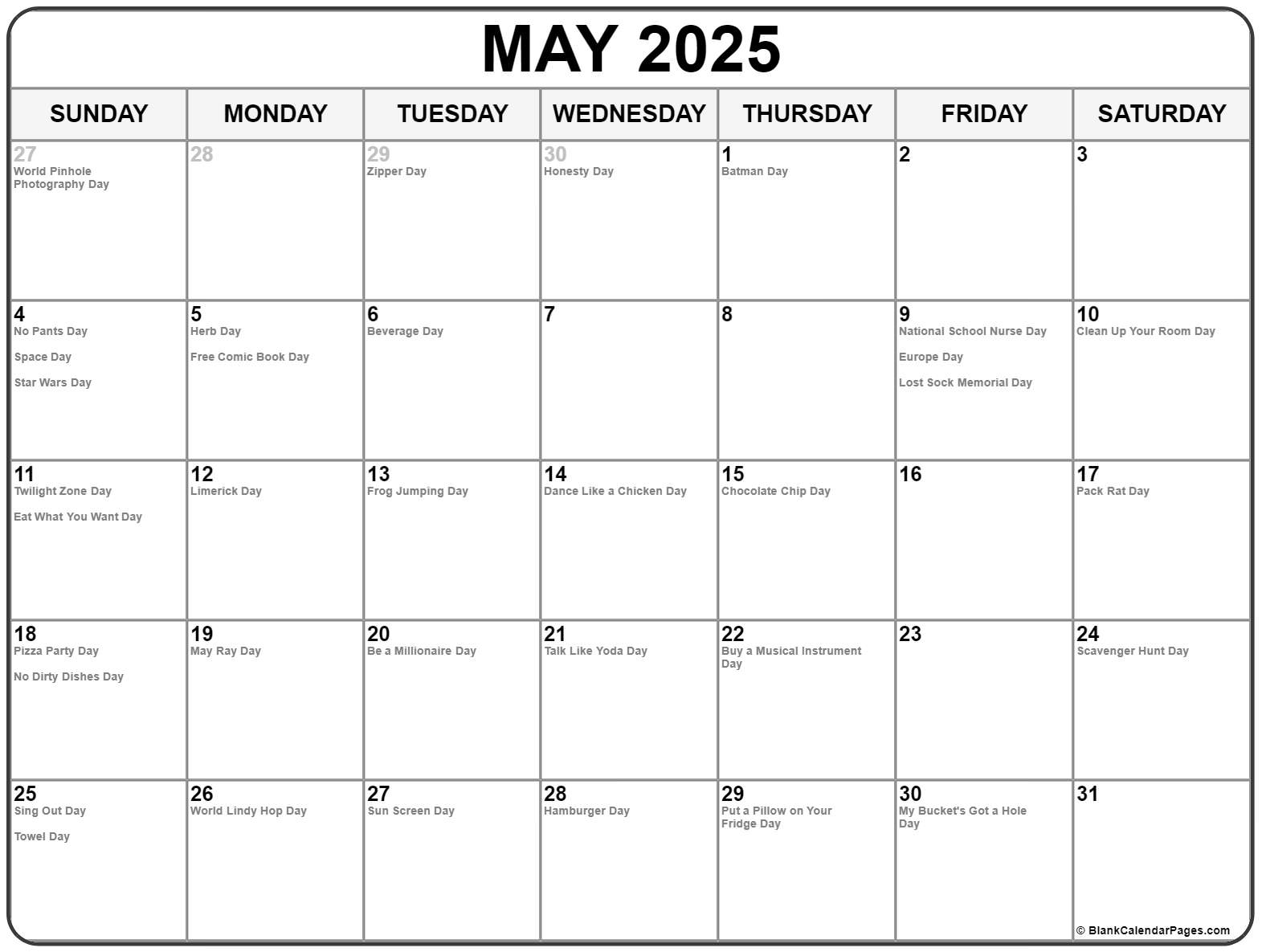
The seemingly simple act of flipping through a calendar belies a complex interplay of astronomical observations, mathematical calculations, and historical conventions. While we intuitively understand that a year has 365 days and a week has seven, the precise determination of dates for a given year, such as 2025, requires a deeper dive into the mechanics of our calendar system – the Gregorian calendar. This article explores the interwoven factors that dictate the dates of May 2025 and, by extension, any month in any year.
The Foundation: The Solar Year and the Leap Year
The fundamental building block of our calendar is the solar year, the time it takes the Earth to complete one orbit around the Sun. This isn’t a perfectly neat number; it’s approximately 365.2422 days. This fractional part is the source of much of the calendar’s complexity. If we simply used 365 days every year, our calendar would drift significantly out of sync with the seasons over time. To compensate for this, the Gregorian calendar incorporates leap years.
Leap years occur every four years, adding an extra day (February 29th) to the year. This seems straightforward, but the rule isn’t quite as simple as "divisible by four." To refine the accuracy further, century years (like 1900, 2000, 2100) are only leap years if they are divisible by 400. This is a crucial adjustment to prevent the calendar from drifting too far ahead. 2000 was a leap year, while 1900 and 2100 will not be. This nuanced rule is critical for maintaining the calendar’s long-term accuracy.
The Role of the Week:
The seven-day week, inherited from ancient civilizations, is superimposed onto the solar year. This introduces another layer of complexity. The day of the week for any given date depends on the number of days that have elapsed since a reference point. While the exact origin of the seven-day week is debated, its influence on our calendar is undeniable. The starting day of the week for a year influences the day of the week for every subsequent date.
Calculating the Dates of May 2025:
To determine the specific dates of May 2025, we need to understand the cumulative effect of the solar year and the seven-day week. We can use a simple algorithm, though calendar calculation software and even spreadsheets now handle this automatically.
-
Determine the number of days since a known reference point: We could choose January 1st, 1 AD (though the accuracy of historical calendars in that era is debatable). However, a more practical approach is to use a recent date with a known day of the week. Let’s use January 1st, 2024, which was a Monday.
-
Calculate the number of days between January 1st, 2024 and January 1st, 2025: This is simply 365 days (2024 is not a leap year).
-
Determine the day of the week for January 1st, 2025: Since 365 days is 52 weeks and 1 day, January 1st, 2025, is a Tuesday (Monday + 1 day).
-
Calculate the number of days until May 1st, 2025: This involves summing the number of days in January (31), February (28 – 2025 is not a leap year), March (31), and April (30). This totals 120 days.
-
Determine the day of the week for May 1st, 2025: Adding 120 days to Tuesday (January 1st, 2025) means that May 1st, 2025, is a Thursday (120 days is 17 weeks and 1 day).
-
Subsequent dates: From here, we can easily determine the day of the week for any other date in May 2025. Each subsequent day is simply the next day of the week.
The Gregorian Calendar’s Refinements:
The Gregorian calendar, adopted in 1582, represents a significant refinement over its predecessors, particularly the Julian calendar. The Julian calendar, with its simpler leap year rule (every four years), led to a gradual drift from the solar year. By the 16th century, this drift had accumulated to around 10 days. Pope Gregory XIII introduced the Gregorian calendar to correct this discrepancy, resulting in a more accurate alignment between the calendar and the seasons. The rules for leap years in the Gregorian calendar are designed to minimize the long-term drift, ensuring that the vernal equinox (the start of spring) remains relatively stable.
Cultural and Regional Variations:
While the Gregorian calendar is the most widely used calendar globally, there are still regional and cultural variations in its implementation. Some countries adopted the Gregorian calendar later than others, leading to discrepancies in historical dates. Furthermore, some cultures maintain their own traditional calendars alongside the Gregorian calendar.
Conclusion:
Determining the dates of May 2025, or any month in any year, requires a deep understanding of the interplay between the solar year, the leap year rule, and the seven-day week. The seemingly simple act of constructing a calendar involves a rich history of astronomical observation, mathematical calculation, and cultural adaptation. The Gregorian calendar, with its refinements and adjustments, represents a sophisticated solution to the challenge of accurately tracking time and aligning our calendar with the Earth’s orbit around the Sun. While modern software automates these calculations, understanding the underlying principles provides a deeper appreciation for the intricate dance of dates that shapes our experience of time. The seemingly mundane process of determining the dates for May 2025 is, in fact, a testament to centuries of human ingenuity in mastering the measurement of time.
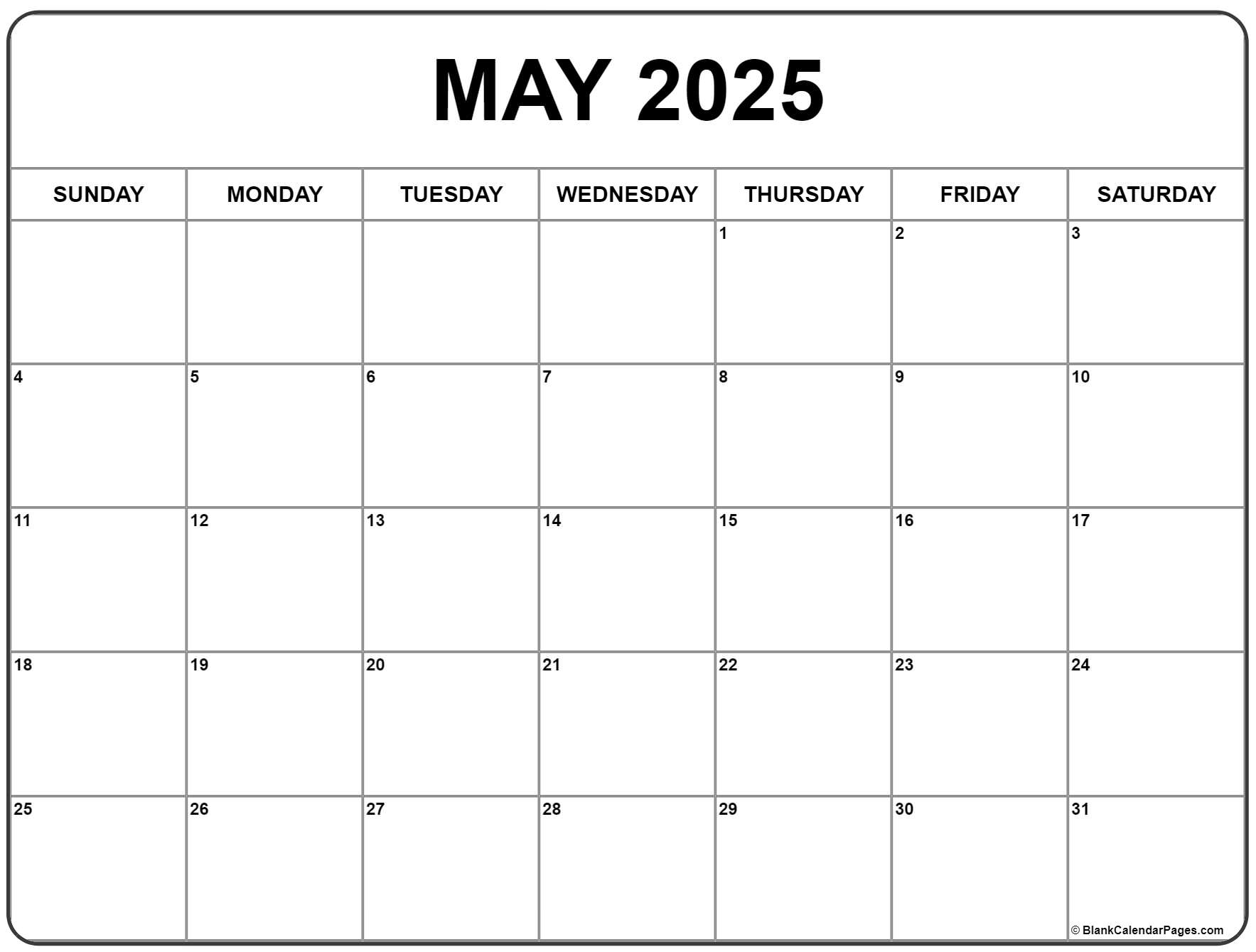
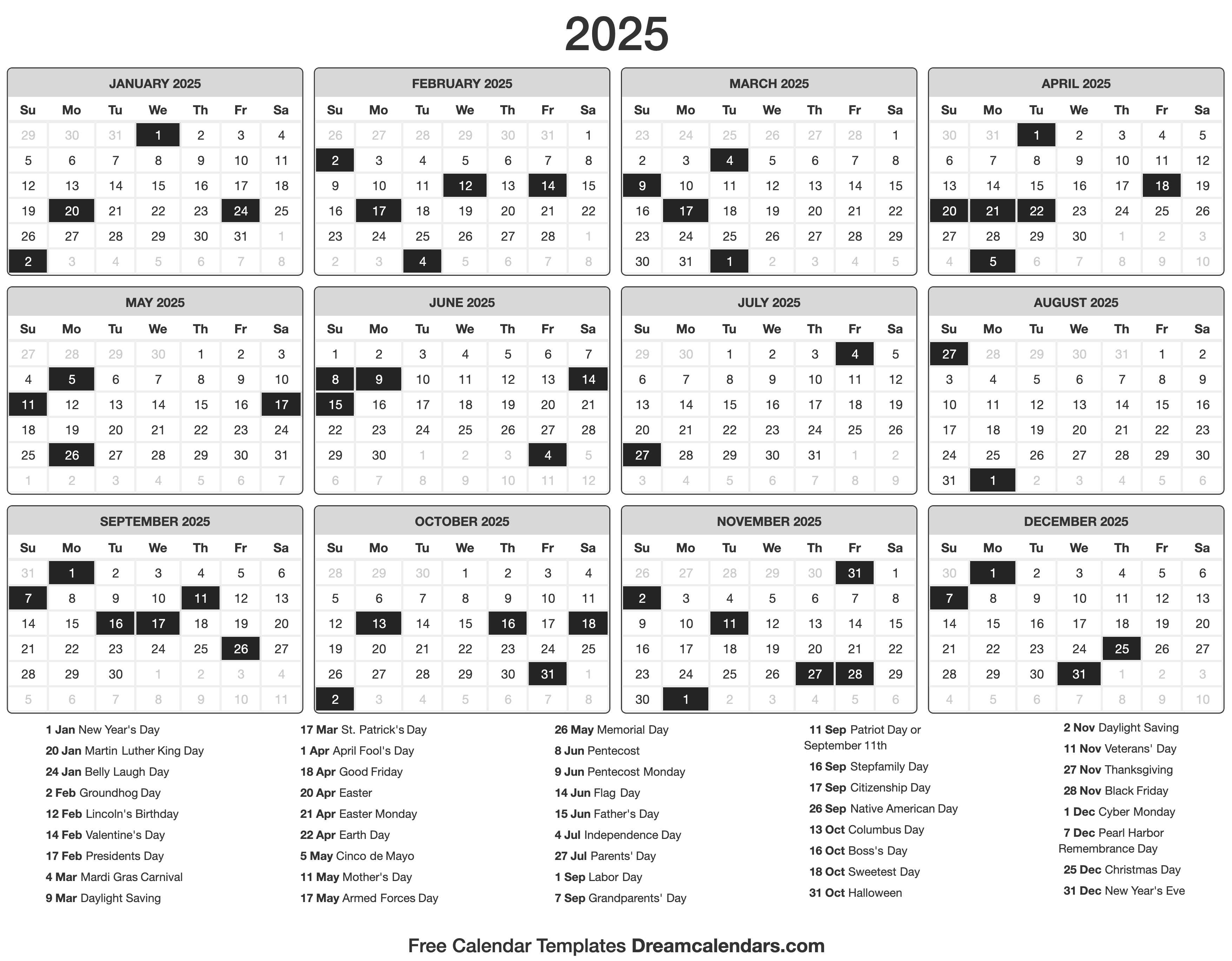
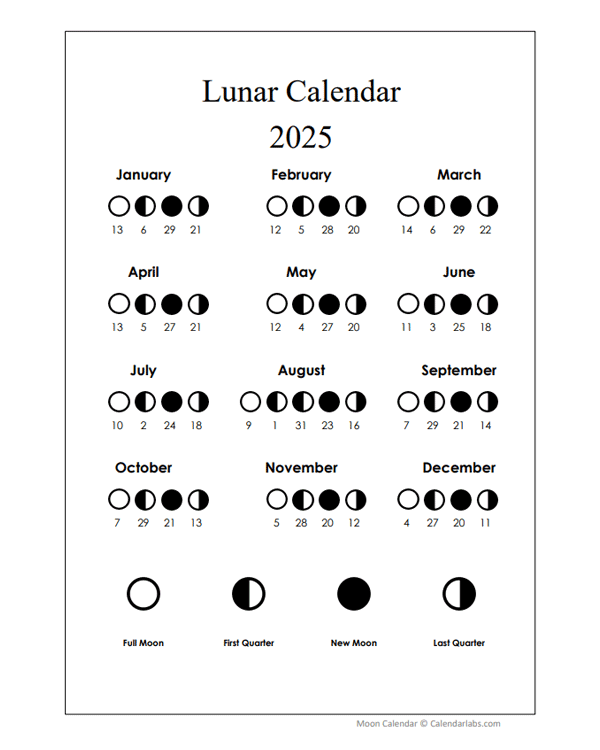

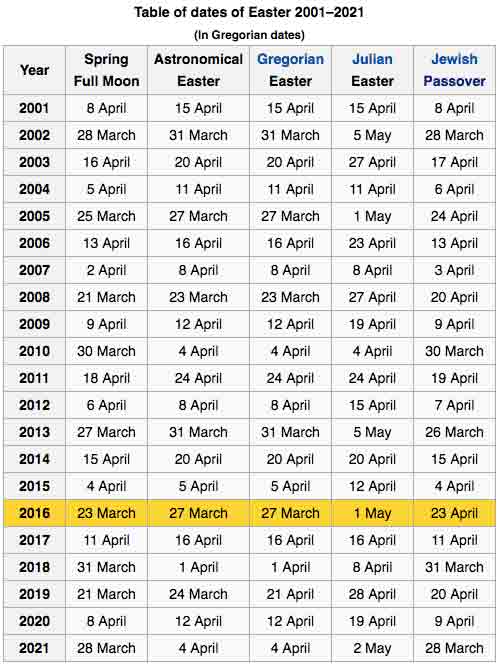

:no_upscale()/cdn.vox-cdn.com/uploads/chorus_asset/file/7674609/hann2final.png)
